Artist Interviews 2021
Raoul Döring 
By Laura Siebold
Raoul Döring is a German photographer, designer and art director, based in Cologne and Berlin, Germany. With his style of simplying the landscape and urban spaces in his photography, Raoul seeks to document the “exploration of spaces and how people interact with them”. Strict framing allows the photographer to focus on his subject, captured in a man-made urban or natural space. Raoul’s photographs mostly display natural colors – we find shades of blue, green, grey, black, and white that prevent viewers from getting distracted. His focus on creating “meaningful experiences” and shaping narratives between people, spaces, and brands becomes apparent in the artist’s roles as a brand designer and art director. We asked Raoul to tell us a little about finding his personal style, inspiration, artistic beginnings, and future projects.
Your individual artistic approach with a focus on the natural and simple is reflected in your photography. How did you find your unique artistic approach and what fascinates you most about clear structures in nature and the city?
Finding my own artistic approach and style involved a lot of experimentation. In the beginning I tried a lot to copy styles I saw in other photographers because I looked up to them. I wanted to be good like them, but the work I produced never felt emotional.
It was an important phase and improved my skills, but it didn't bring me closer to my own personal style or artistic approach. That only came when I let go of the high expectations I had for myself and focused more on the direction that attracted me the most, without judging it.
What I found is that what interests me at the highest level is the exploration of spaces and how people interact with them. That might sound a bit meta, but it's the core of what drives me to photograph.
I'm fascinated by the natural and man-made extremes of spaces and how they resemble each other in form and structure. People are another variable that interact with and respond to this environment. But their role changes depending on where they are.
When you observe people being and moving in nature, you sense the immense size and power that is in it. We are visitors granted access, but we have no real control.
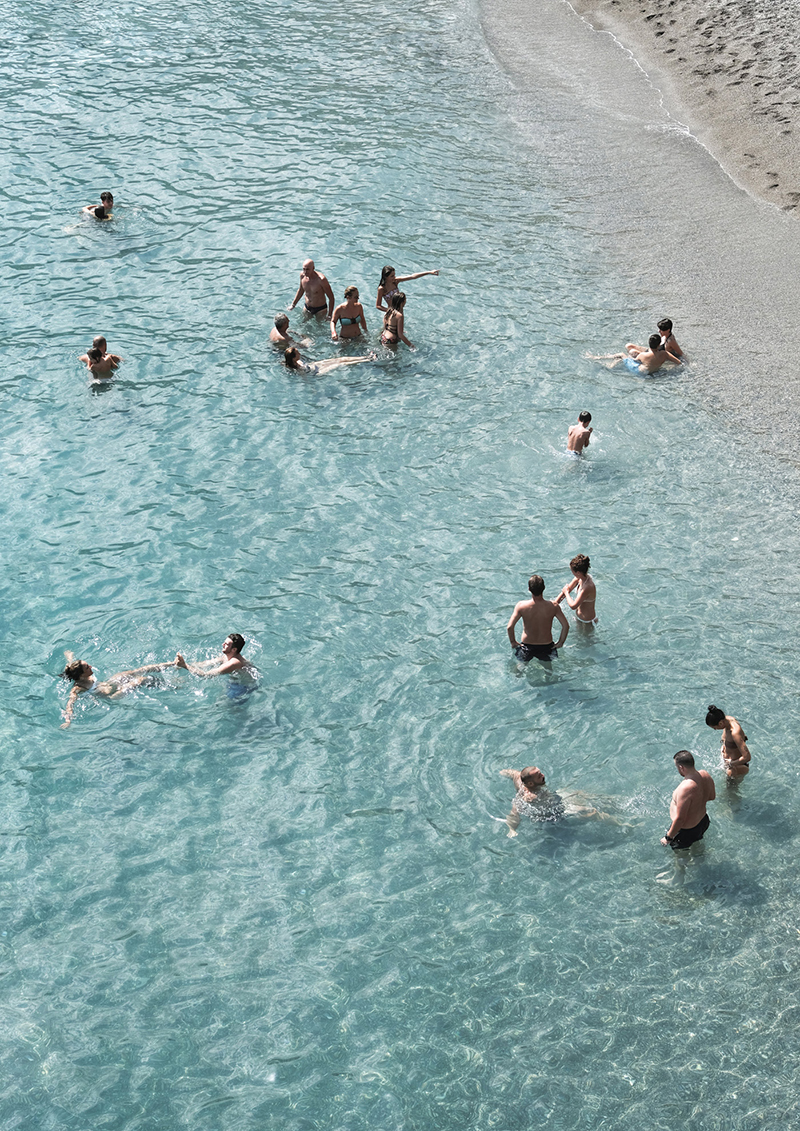 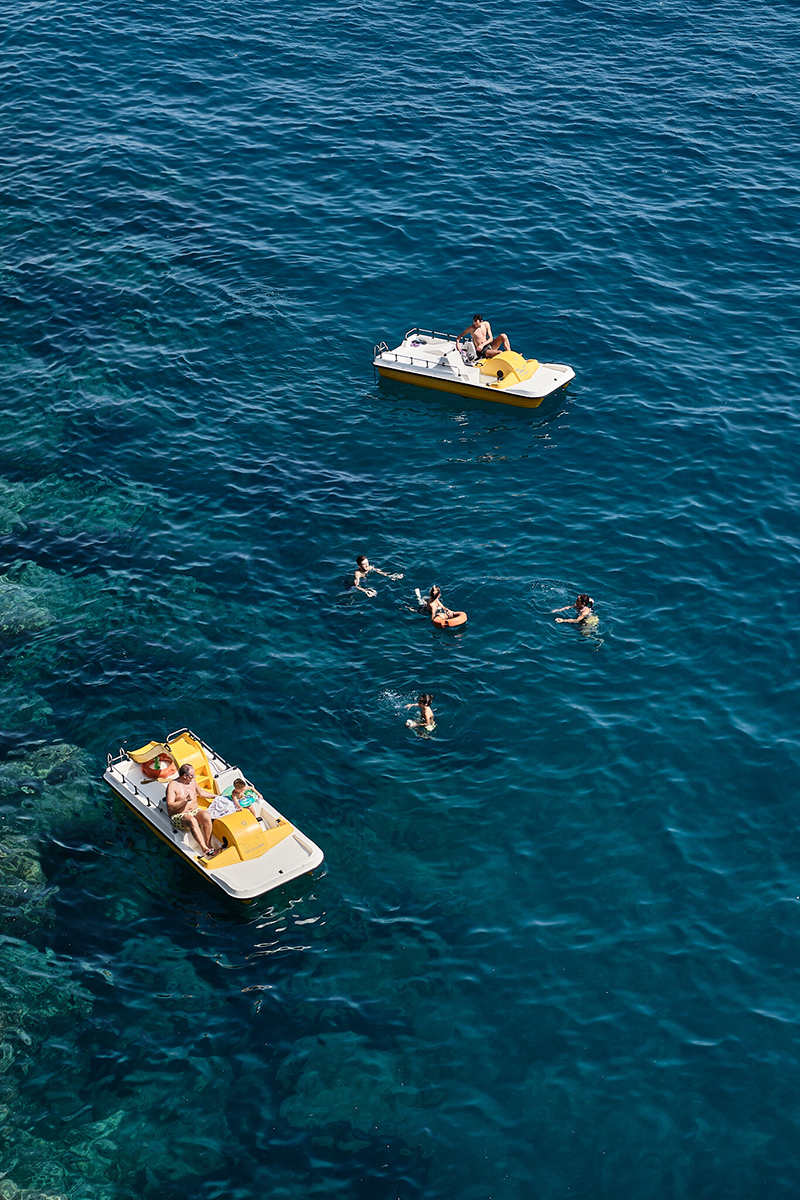 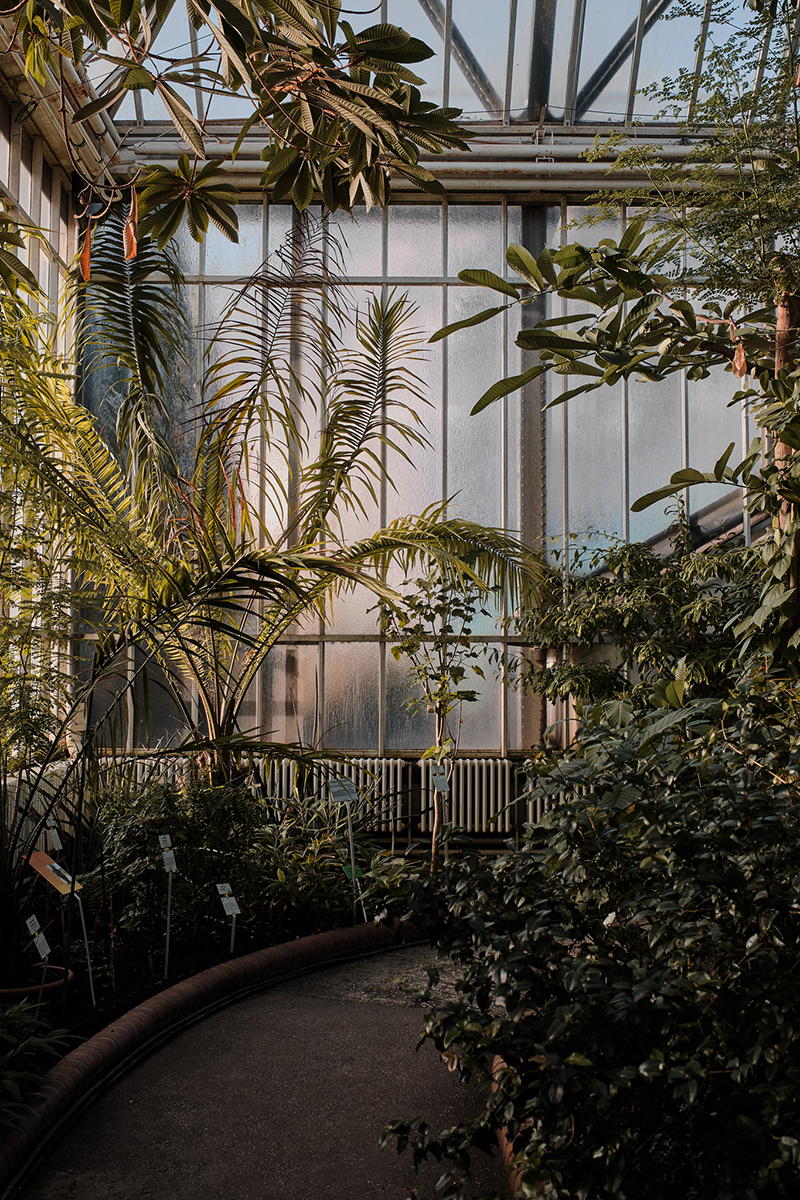
Urban spaces, on the other hand, are a huge constructed theatre with us as the actors. Cities are artificial constructs in the best sense and can be alien, inviting, confusing and beautiful all at once. Yet we are drawn to them and want to be part of the play.
Capturing this performance and interactions through the lens of a camera allows you to slip into the role of a spectator in the audience. It is fascinating to see patterns emerge and make them visible. In this sense, I try to be almost documentary, but without the pretension of capturing reality.
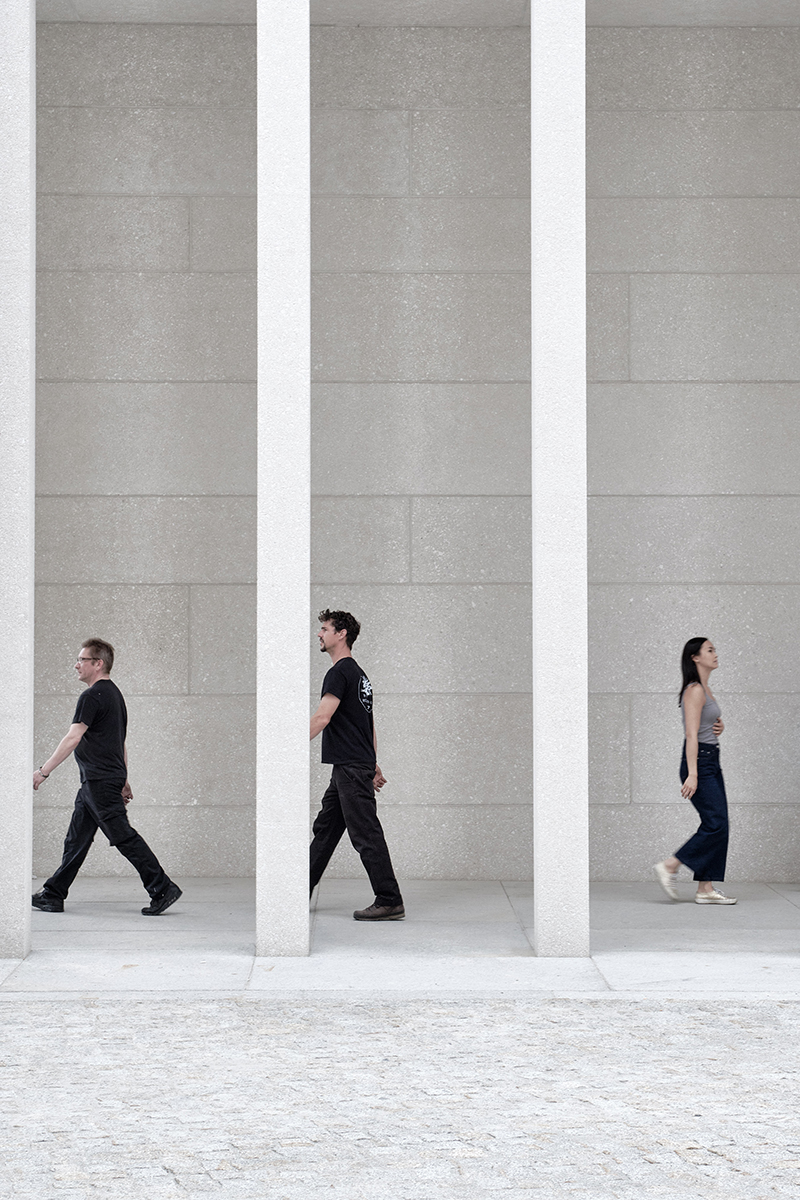

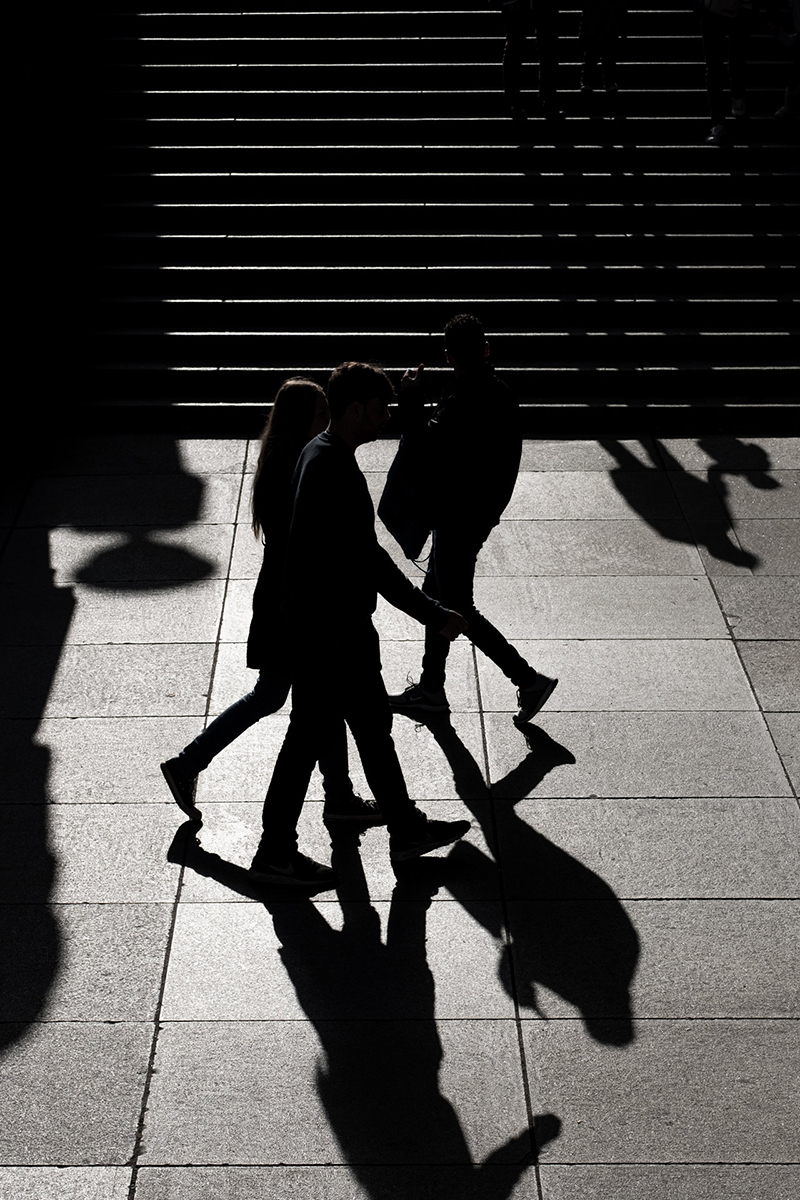
The natural, simple style and strict framing are in a way a consequence of this approach. Relying on a constant visual line and principle gives you the opportunity to focus on other things. For me, this style makes it easier to focus on my subject. My goal is to produce accurately composed shots without making the subject in them look artificial and staged. I like a certain strangeness in a photo, but it shouldn't feel forced. In the beginning, I used a lot of equipment because I thought that was how you get professional,
but I found that it kept getting in the way when I wanted to take good photos. Today I mainly shoot with natural light and as little gear as possible. That way I have as little equipment as possible between me and my subject and can concentrate entirely on framing the picture.
All in all, I'm happy about the progress I've made over the years, but I still don't feel like I've reached my goal. I think it's a never-ending process.
In your opinion – How strongly does the relationship between photographer and subject influence the quality of the images?
For me, the relationship between photographer and subject is the most important key to good photography. It's a conversation you can't avoid even if you wanted to. In my experience, it doesn't matter what equipment you use or what your technical skills are if you don't think about the relationship with the subject or the person in front of the lens. The results will always feel off and detached.
For me, it starts with making a conscious decision about what kind of dialogue and relationship you want to create with your subject. Sometimes you want the subject to engage directly with you and a collaborative situation is created. In other cases, when you're out on the street, you don't want to disrupt a person's behaviour in order to capture a raw, intimate moment. Both are two forms of relationship between photographer and subject, but they produce very different results.
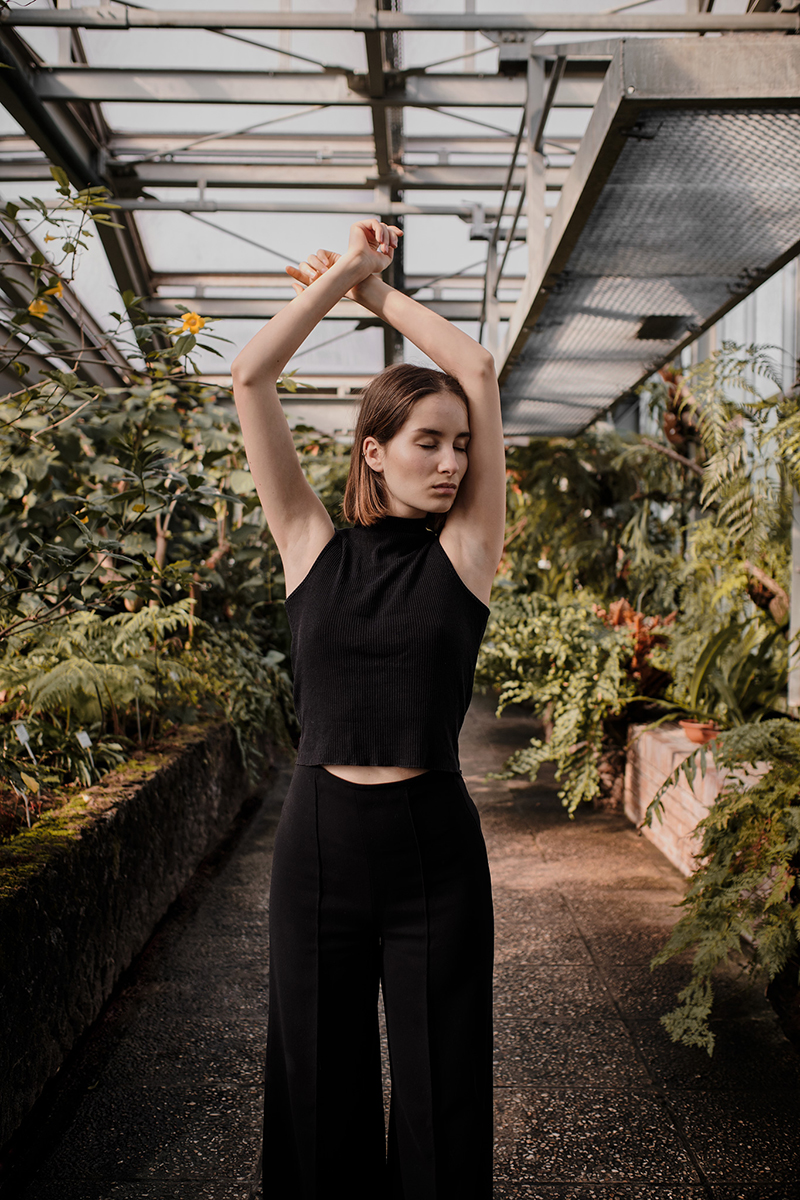
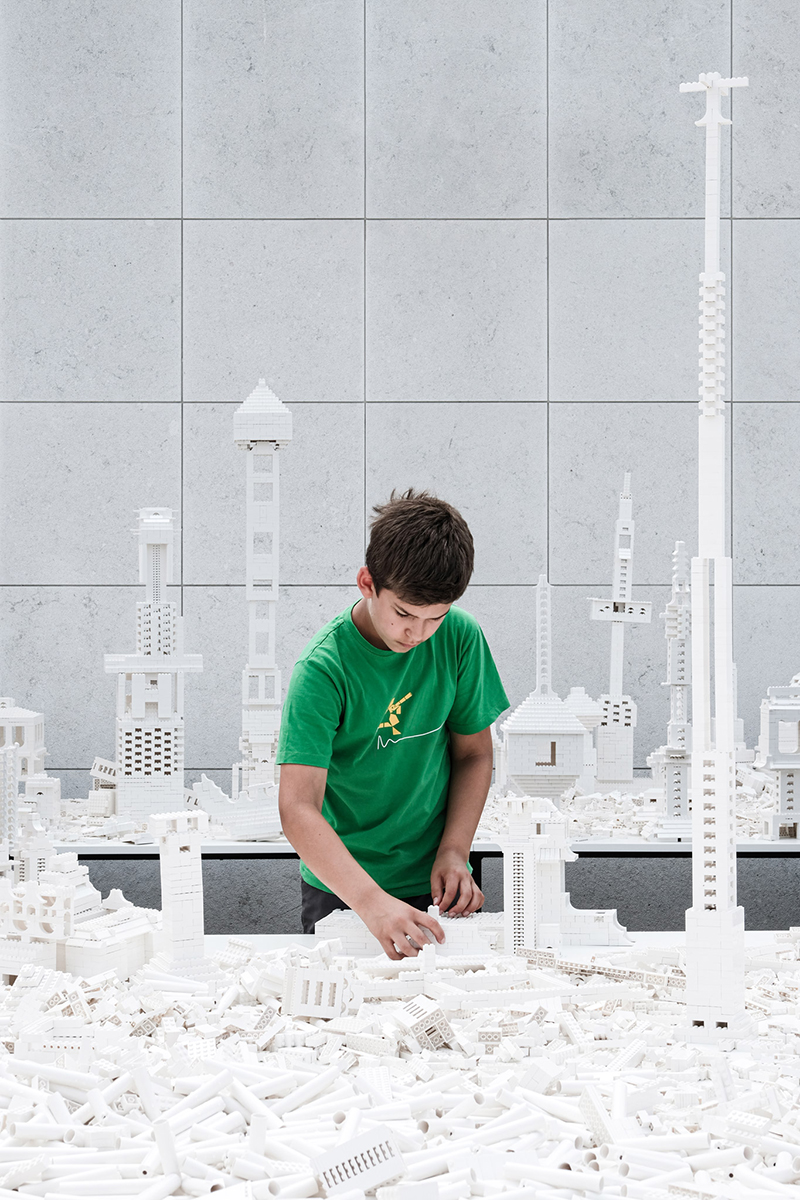
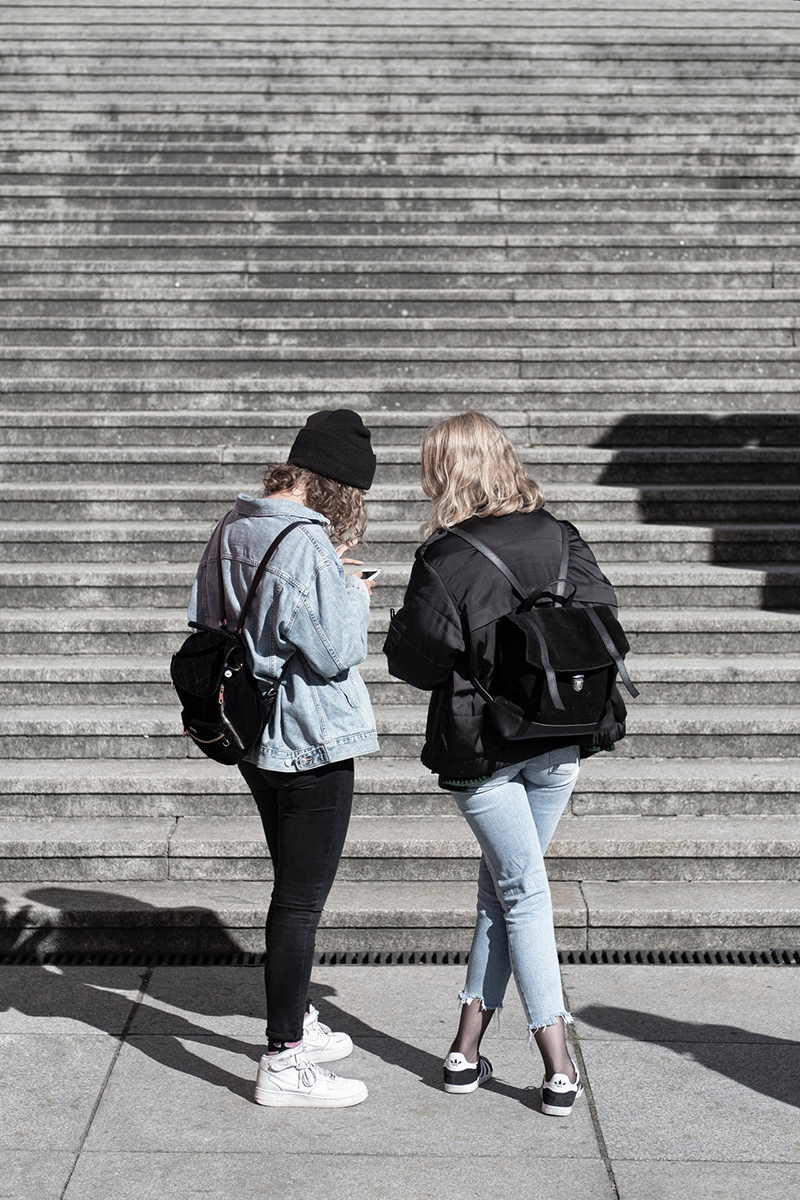
When you work with models, for example, you naturally have a more direct exchange and communication. Before a shoot, I always take the time to have a conversation with the person I'm going to photograph. I want to find out who they are, what their character is and what excites them. I also explain and show them my vision in a very concrete way so that they also get a good feel for how I work. From then on, my job is to help form a shared idea that inspires everyone involved, not to impose my own vision on the subject.
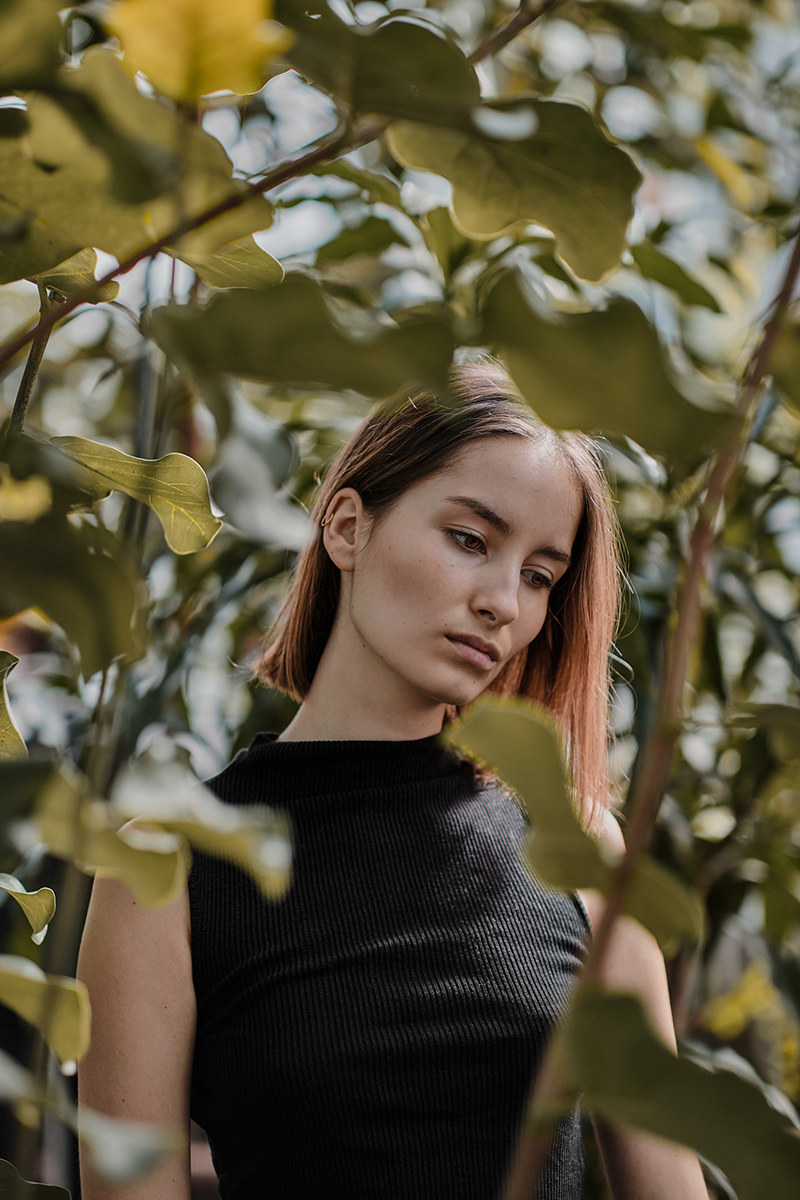

Photography is never about the photographer calling the shots and ordering the model what to do. It is a form of dialogue and needs to be collaborative to produce great work. Sometimes it happens that both parties disagree or misunderstand each other and things go wrong. For me, that's part of the challenge I like in photography. Everyone is trying to work together to achieve the best possible result, but it's not always easy.
Photography as a whole is always about communication for me. Chris Floyd, a well-known British photographer, once said: "Photography is an opportunity to meet people and have a conversation with them", and I can very much subscribe to that.
You are a photographer, art director and brand designer. What are the different art forms you produce in each of these roles?
In general, I enjoy creating things that come to life and grow, rather than this one design or artefact that is set in stone. This is what led me to become a brand designer and eventually co-found DIO Studios in 2020; a design studio that focuses on elevating brand experiences.
My role there is to help brands become tangible and shape the narratives between them and their customers. It's a role that allows me to combine many different disciplines and skills such as service design, graphic design, but also photography or consultancy, which is wonderful. Ultimately, it's about creating meaningful experiences that last and have a positive impact for both the client and their customers. And when it all works out, you get to see your work grow and thrive in the real world. That's the reward and what got me excited about this field from the beginning.
Art direction is then always a part of that job. In my opinion, you always shape the direction the design takes as soon as you interact with it, let alone create it. My way of working is very applied, which means I rarely just advise, give creative input and then pass it on to someone else without being directly involved in the design.
One downside of this job is that you are indoors a lot and sit at a desk most of the day. The occasional workshop is nice, but doesn't change that much. Photography is therefore my excuse to get out of the office and recharge. I've never been able to meditate sitting on a yoga mat in a quiet room, but looking through the viewfinder of my camera allows me to empty my mind and forget everything else. Of course, sometimes it can be exhausting to take photos, but it always gives me joy and energy back in the end. That's one reason why I've always been hesitant to make a business out of my photography. I've always done jobs that I really enjoyed, but somehow I wanted to keep the stress and deadlines out of it. I still shoot for clients now, but I'm also perfectly happy to recommend other talented photographers if I don't feel a natural connection to the project.
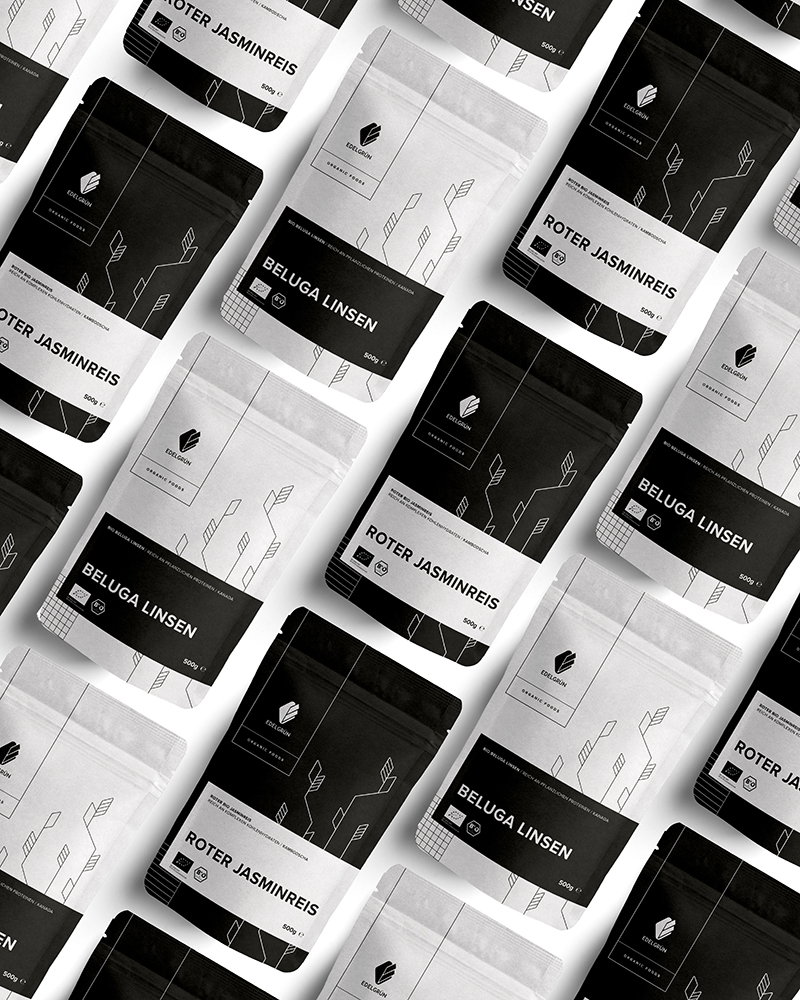
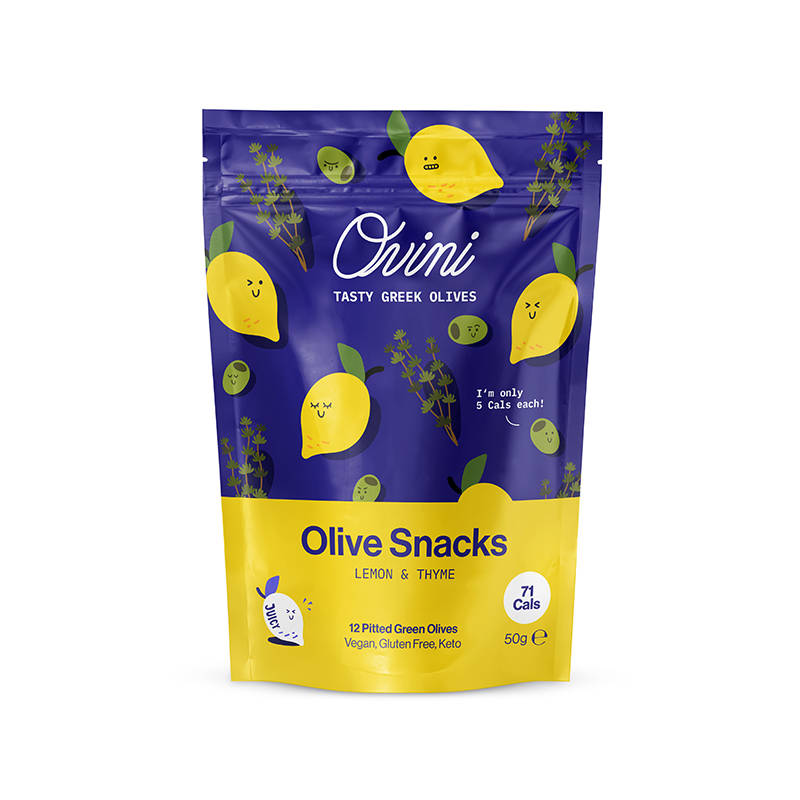
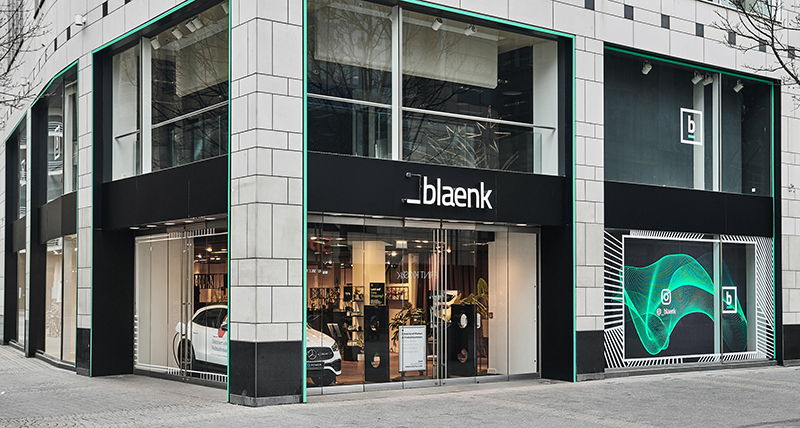
Who or what influenced you the most in your artistic career so far? Who or what inspires you to keep going?
It's hard to say exactly what or who has influenced me the most. My first influential contact with photography was through my father, who was a professional photographer and talented artist and still shoots Polaroid to this day.
Nowadays you are bombarded with stunning visual input on a daily basis and it's hard not to be blinded by it. I guess that's why I've always been most drawn to artists and photographers who I believe have similar traits, ethics and approach. Likeable artists like Lucy Laucht, Fin Beales or Samuel Zeller who I can imagine a long and inspiring conversation with. What interests and inspires me goes beyond the work that other people produce. The approach and thought process are sometimes much more inspiring and powerful than the images. A beautiful photograph can be stunning on its own, but the moment you can connect an interesting person with a story to it, I feel especially inspired.
It's also great to make friends in the industry and exchange ideas with other photographers to get a new perspective and learn. For example, early last year I was lucky enough to work with the talented Jonas Jacobsson and spend a few days on Tenerife shooting a sportswear campaign. Before that, we only met once in Sweden through our conversations on Instagram. This is something I really love about the creative scene today. Social media has created the opportunity to easily connect and build a community. And that's something that can be very powerful and drives me.
Tell us a bit about your background and upbringing. How did you get to where you are now?
As I mentioned earlier, my family has a bit of a history when it comes to creativity. My father is a photographer and artist who has also taught art at school for as long as I can remember. My mother also has a very creative side in terms of communication and psychology.
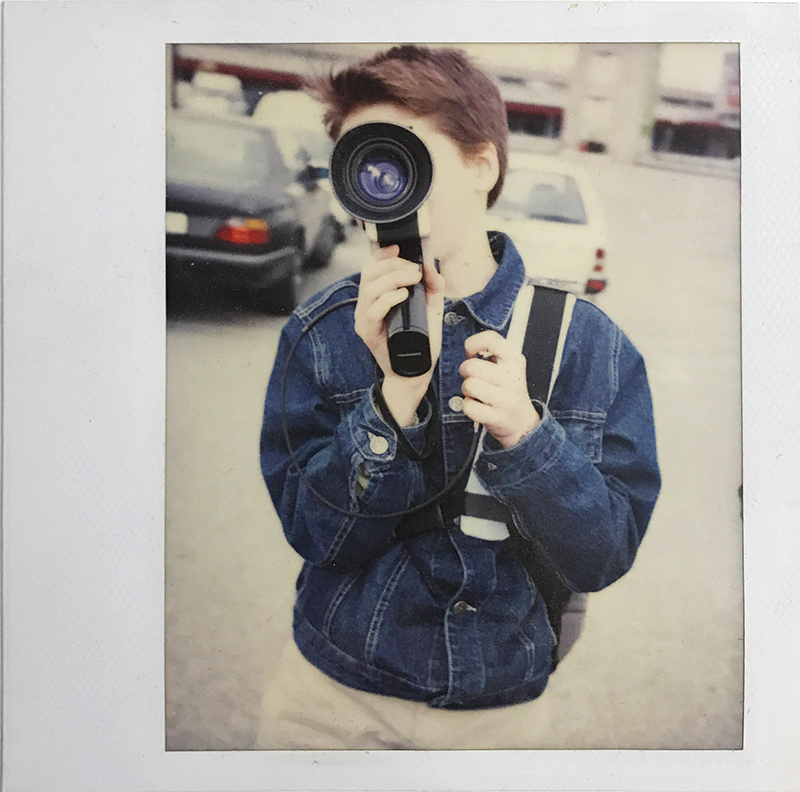
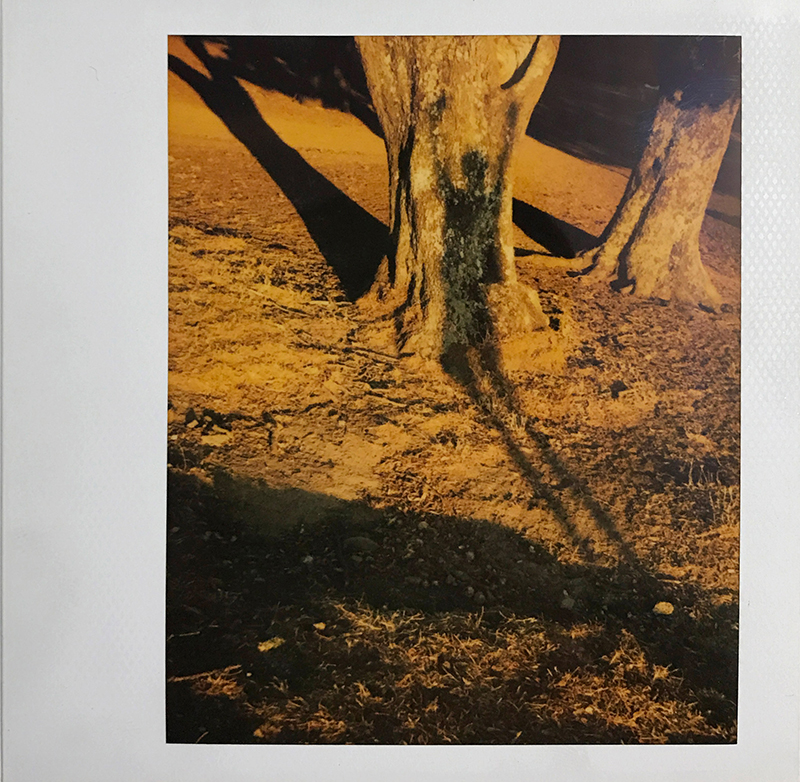
(Left: Me at my first attempts of filmmaking. – Right: Posing for a shadow photo somewhere in Umbria, Italy.)
Together with my brother and my father, I was always doing arts and crafts. We drew, took photos or filmed videos on Super 8 and organised small screenings and exhibitions in my father's appartment. There was a constant flow of creative output. On holidays with my father, it was common for him to stop the car at some random-seeming place in the middle of an Italian village and spend thirty minutes or more taking a single Polaroid picture. Sometimes we had to assist and pose our hands to create shadows for a shot. As children, this was a grinding ritual that we could have done without at the time. Today, I can absolutely relate and more than often find myself stopping somewhere along the way with the same fascination for a subject. In the meantime, my father has an impressive collection of thousands of Polaroid pictures with many of them already exhibited and printed, and I am glad that he followed his heart back then.
From then on, the subject of art and creating has just always been omnipresent. I don't think I ever really wanted to work anywhere else but in the creative field. The only question was: which field should I choose? By the time I finished high school, I was really interested in photography and design, but it felt impossible to choose between the two. So I decided to apply for universities in both fields and let fate decide. I remember it was a very stressful time. Not only because of all the applications I had to prepare, but also because it felt like a decision for life. Like I had to give up one interest to pursue the other.
It was almost a relief when my favorite photography university didn't take me. Instead, I got a place at KISD [Köln International School of Design; N/A] for the Bachelor's program in Integrated Design. Although this may sound like second choice, it was the best decision ever made for me. The degree was an open playing field where I was able to develop a deep understanding of design and working in teams on the one hand, and form lasting connections with people that continue to this day. In fact, I wouldn't be giving this interview about my photography if I hadn't studied at KISD. During my time there, I started doing design and photography jobs on the side for professors or initiating my own projects with friends. It was a wonderful time that prepared me to a certain extent for my later profession. I think what it all taught me is not to think too much about where life is taking you. Sometimes life nudges you in a different direction than you wanted, but you might find a purpose there that you didn't even know about.
Shortly after graduating, I started working at a digital design agency where I found a similar environment with interdisciplinary projects. It was a very intense and valuable time, but at some point it felt like a treadmill. At that point I got together with four friends and we decided to break the circle and open our own design company, DIO Studios. From now on, we will see what comes next.
What are your plans for the future?
On the one hand, of course, I want our design studio to grow and flourish. It's a big challenge and a long-term project that we all put our heart and soul into. It takes up a lot of our time, but hopefully the efforts are more worthwhile every day. Getting better at my job as a brand designer is also part of this journey.
I also set smaller personal goals that I can review. Taking more photos is one of them. Last year I promised myself to shoot more portraits because I want to improve my skills in that area, but then the pandemic made me adjust my goal a bit. I've also been thinking about setting up an online store for my prints to sell, because physical prints are just wonderful. Maybe that will happen soon, we'll see.
Raoul Döring is currently based in Cologne and Berlin, Germany.
For more information on Raoul and his work, check out the following resources:
Official Raoul Döring Website
|
|

